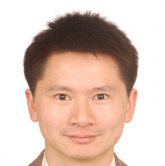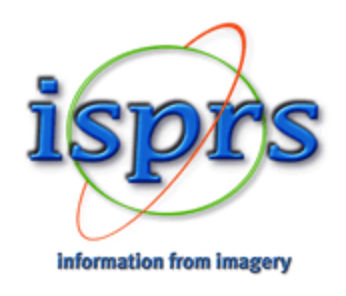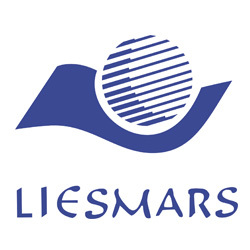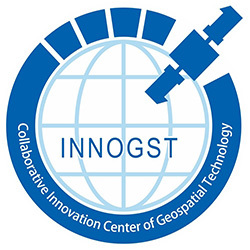Pansharpening: Model, Algorithm and Computation from Our Perspective
Currently Dr. Jinghui Yang is the founder of VisionOnSky Co., Ltd (VisionOnSky.com). Formerly he is a posdoc at German Aerospace Center (DLR) and an associate professor at Institute of Photogrammetry and Remote Sensing, Chinese Academy of Surveying and Mapping (CASM), China. He has gotten PhD degree at Wuhan University, master degree at Northeastern University, and bachelor degree at Northeastern University in 2014, 2005 and 2002, respectively. Dr. Jinghui Yang has more than 12 years’ experiences in the scientific research and software development of image fusion, and automatic and high performance processing for photogrammetry and remote sensing, and published more than 20 scientific papers in some premier journals of this field, such as Photogrammetric Engineering & Remote Sensing, International Journal of Remote Sensing, Remote Sensing, Acta Geodaetica et Cartographica Sinica, the Journal of Geomatics and Information Science of Wuhan University. In 2009, he has won Chinese National Science and Technology Progress Prize because of the development of remote sensing software. He is also the reviewer of ISPRS Journal of Photogrammetry and Remote Sensing, International Journal of Remote Sensing, International Journal of Image and Data Fusion.
In general, the panchromatic and multispectral images covering the same area are acquired by satellite. Using pansharpening technology, the structural and textural details of the lower resolution multispectral image are enhanced by adopting the higher resolution panchromatic image, thus a higher resolution image with spectral contents is generated. Pansharpening is an important step in the processing workflow of satellite imagery, which is extensively applied to visual interpretation, automatic classification, information extraction, feature enhancement, display of 3D scene, generation of ortho-rectified image, change detection, and image based mapping.
In this presentation, the speaker will give some insights and innovative work about model, algorithm and computation of pansharpening from their perspective. Model: On the basis of the analysis and mathematical deduction for three general categories, a generalized model for satellite image pansharpening is presented. The model can express the relationship between the sharpened higher resolution multispectral image and the original multispectral image, the spatial details extracted from the higher resolution panchromatic image and the adopted fusion strategies by a simple mathematical formula. The more general model can characterize most commonly used pansharpening algorithms. Algorithm: An innovative pansharpening algorithm named BR (block regression based algorithm) is presented. BR has the capacity of adjustment, which can result in different emphases between preservation of spectral characteristic and enhancement of spatial details according to the users’ requirements. It can also achieve a satisfying trade-off between preservation of spectral characteristic and enhancement of spatial details by optimal selection of block size. Compared to five pansharpening algorithms, BR is stable in pansharpened effects for optical satellite image fusion. Computation: A parallel computing paradigm combining the generalized model and a multi-core computer, which can be applied to implementation of most algorithms and can achieve high performance, is presented for pansharpening algorithms. The effective integration of the generalized fusion model and a multi-core computer not only yields high speedups but also efficiently leverages the computational resources in a multi-core computer.



































